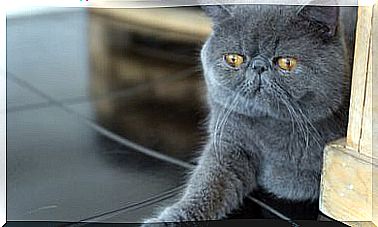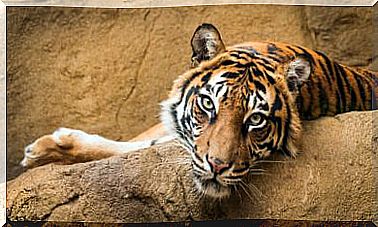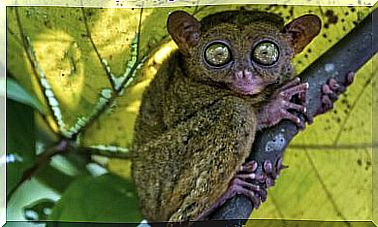Stress In Animals: A Very Common Evil

Stress is considered the evil of the century and unfortunately, it does not only affect human beings. Stress is a physical response to different environmental and psychological stimuli, although it is increasingly frequent due to the accelerated and tense rhythm that characterizes the way of life of people in cities.
Unfortunately this rhythm, and the consequences it brings to our lives, ends up also affecting other species, so below we will tell you a little about stress in animals, its causes and how to combat it.
Causes of stress in animals
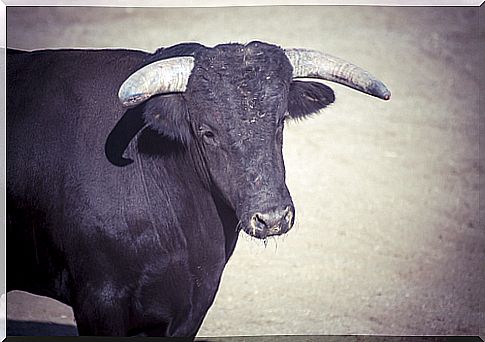
When we talk about stress in animals, we tend to think of those animals that share our homes with us as pets. However, this corresponds to the selfish look we have on the animal world and the indolence towards the other creatures that are part of our consumption chains.
For example, the most stressed animals under human care are animals used for laboratory testing. This stems from the multiple processes to which they are subjected, the isolation, the consumption of substances that produce adverse reactions and the confinement in which they are subjected. This added to the excess of manipulation and the lack of affection.
We also find along this same line the animals that are part of our food chain and belong to large production cycles. This is because many of these animals are stored in small cells, transported from one place to another, isolated, etc., and this situation only worsens when it comes time to transport them to slaughterhouses or production plants.
However, this has ended up being counterproductive for the business. For example, in meat or milk processing plants, a decrease in the quality of the product is noted, if the animal was going through periods of stress, for which, measures have been adopted to improve the quality of life of these animals and thus guarantee an optimal product.
Animals subjected to long hours of work are also under a lot of stress, especially when the work is heavy, for example towing vehicles, as in the case of livestock, work in circuses and other shows, among others. Within this group are also fighting bulls and other animals used in popular festivals.
Pets get stressed too
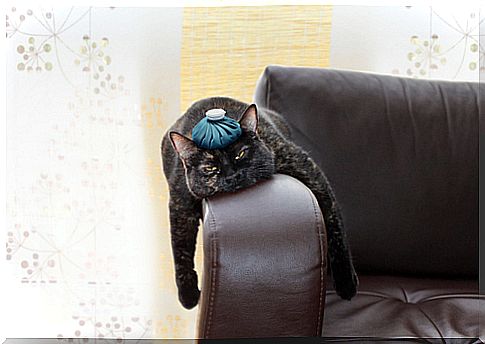
However, our pets are not exempt from suffering from stress, on the contrary, because they share a large part of our rhythm of life, many of the situations, changes and habits end up generating in them high levels of stress that turns into behavior problems.
For example, in companion animals such as dogs and cats it is common for them to capture the mood of their master, since they create strong ties with him, which indirectly ends up generating stress for them.
The same happens when they have had inappropriate learning processes, for example, when a dog is not used to being alone, it can develop separation anxiety.
Another situation that will easily generate stress for your pet is long vehicle trips, being in a very crowded, noisy, hot place or changes of residence. Lack of affection from your caregiver is a major cause of stress.
For smaller animals having an optimal environment is vital, in cases such as turtles or fish, it is best to provide an aquarium according to its size, clean and where it receives sunlight. If you have another type of pet you should investigate a little about how to keep them in captivity, a very sad case is that of birds, many end up suffering serious damage to their health or in their mind as a result of boredom, loneliness, confinement and living in a confined space. A clear example is when birds pluck their feathers.
So the best thing you can do to combat stress is to be aware of your temperament, sudden changes in attitude indicate that something is happening. They may develop destructive personalities, vomiting, or weakness. It is best to consult with your veterinarian for advice on how to reduce stress levels in your pet.

